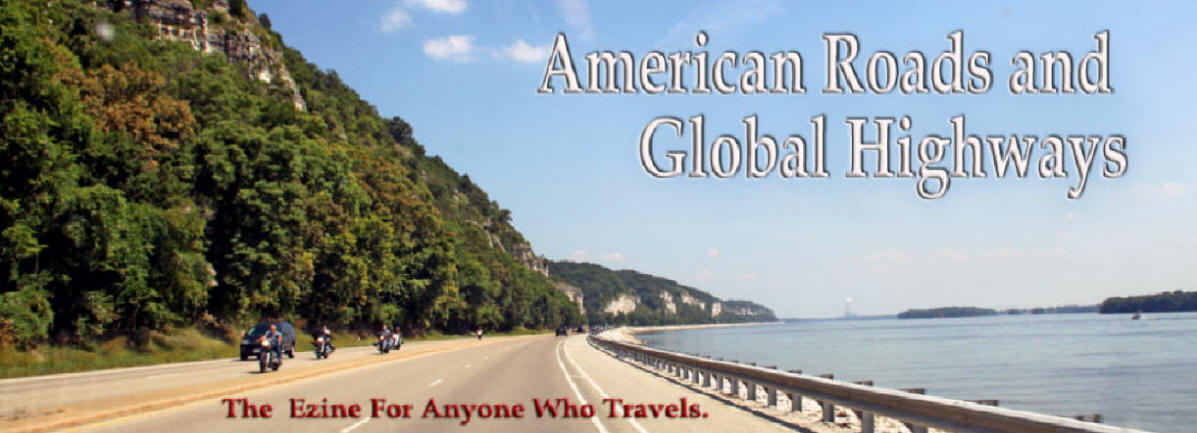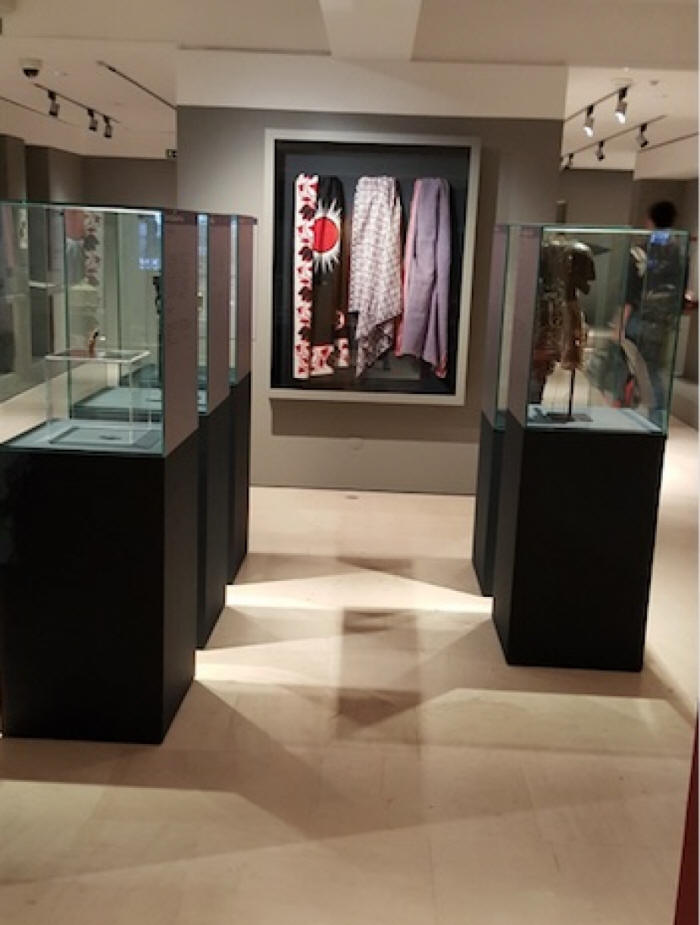
|
|
|
|
In 1415 Portugal
conquered Cueta in North Africa and the country’s Golden
Age of discovery and exploration began. Portugal was the
first to trade within West Africa, and, in 1441,
Captain Antam Gonçalvez became the first to raid
and capture Africans and begin the transatlantic slave
trade. He captured less than ten people, 3-years
later the first major slave voyage sent 6 ships and
enslaved 235 Africans. They were brought to Portugal
and on August 8, 1444, in Lagos, Portugal, the first
slave market was held and 20% of the profit was donated
to the church. Eventually records indicate that Portugal
kidnapped and transported more
than 4,900,000 Africans. The Portuguese constructed the
first slave fort, El Elmina, in Ghana and were under
contract to supply the Spanish colonies with slaves.
Mocambo was an area where blacks
settled and the name, African for refuge, speaks
volumes. The community dates from the 1500s, home to
both free, enslaved and fugitive blacks, it was a
spiritual place. In 1515 a black mass burial
pit, Poço dos Negros, was established there for
internment of dead blacks.
Belém is the historic section of Lisbon most closely linked with the Golden Age of Discovery. There are sites that must be visited including the Padrao dos Descobrimentos, the Monument of the Discoverers. The 1960 monument is 170-ft. tall and thirty-two people who impacted the events are depicted. Prince Henry the Navigator faces Africa. The design is that of a ship and imbedded in the courtyard is a compass showing the exploration routes. An exhibition inside, displayed until April, showcases 43 significant African artifacts.
The 1521 Torre of Belém was constructed on the river as part of a defense system and is still on its original footprint. The lower floors were public spaces while the third floor housed the royal apartments. The exterior is beautifully carved and the interior is Gothic. The Moorish details include the watchtowers and cupolas.
Adjacent to the cathedral is the UNESCO World Heritage Monastery of St. Jeronimos where da Gama spent his final night before embarking on his far East journey in 1497. The two-level cloister is highly ornate and filled with Moorish elements. It is overseen by the Hieronymites order whose task is to pray for the mariners.
We'd love your comments!
|
Connect with us on:
American Roads and | ||
|
Public Disclosure--
Please Read The FTC has a law requiring web sites to let their readers know if any of the stories are "sponsored" or compensated. We also are to let readers know if any of our links are ads. Most are not. They are just a way to direct you to more information about the article where the link is placed. We also have several ads on our pages. They are clearly marked as ads. I think readers are smart enough to know an ad when they see one but to obey the letter of the law, I am putting this statement here to make sure everyone understands. American Roads and Global Highways may contain affiliate links or ads. Further, as their bios show, most of the feature writers are professional travel writers. As such we are frequently invited on press trips, also called fam trips. On these trips most of our lodging, dining, admissions fees and often plane fare are covered by the city or firm hosting the trip. It is an opportunity to visit places we might not otherwise be able to visit. However, no one tells us what to write about those places. All opinions are 100% those of the author of that feature column. |
|||
|
Privacy Policy/ Archives /
Contributors /
Subscribe to
American Roads Books by
Kathleen Walls /
Contact /
Sponsor or Advertise/ American Roads & Global Highways Home Page
|

















